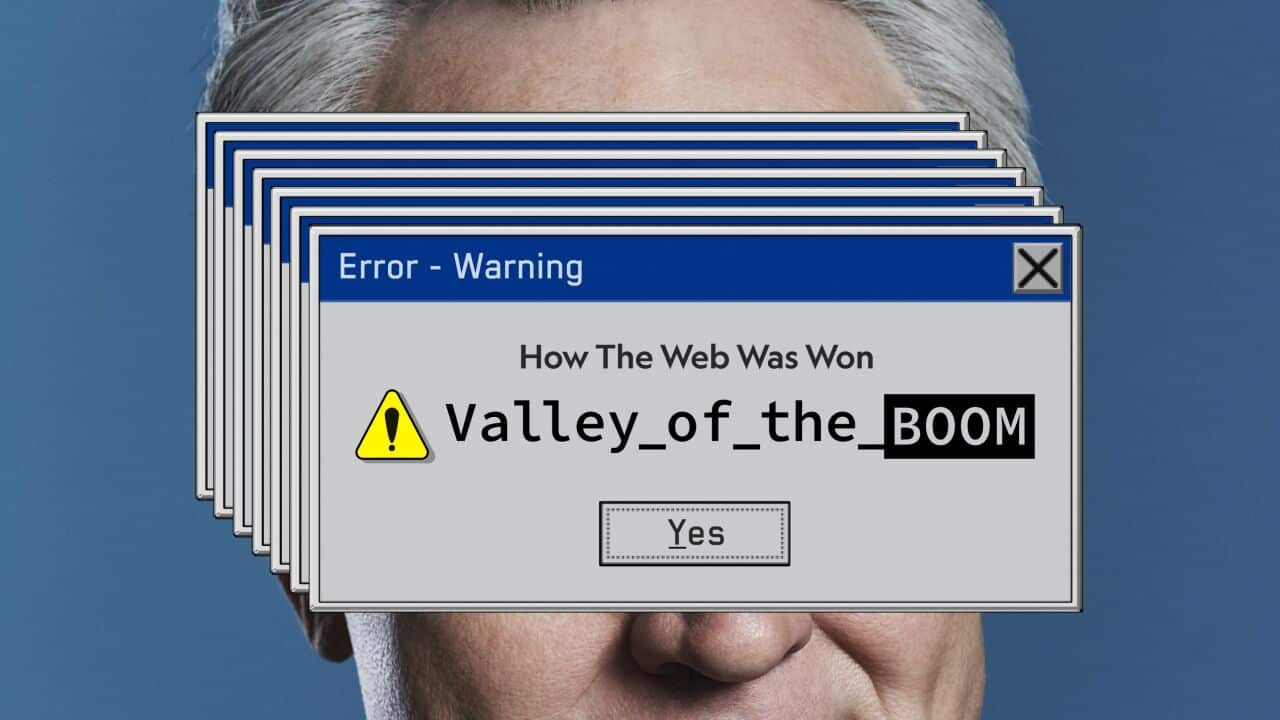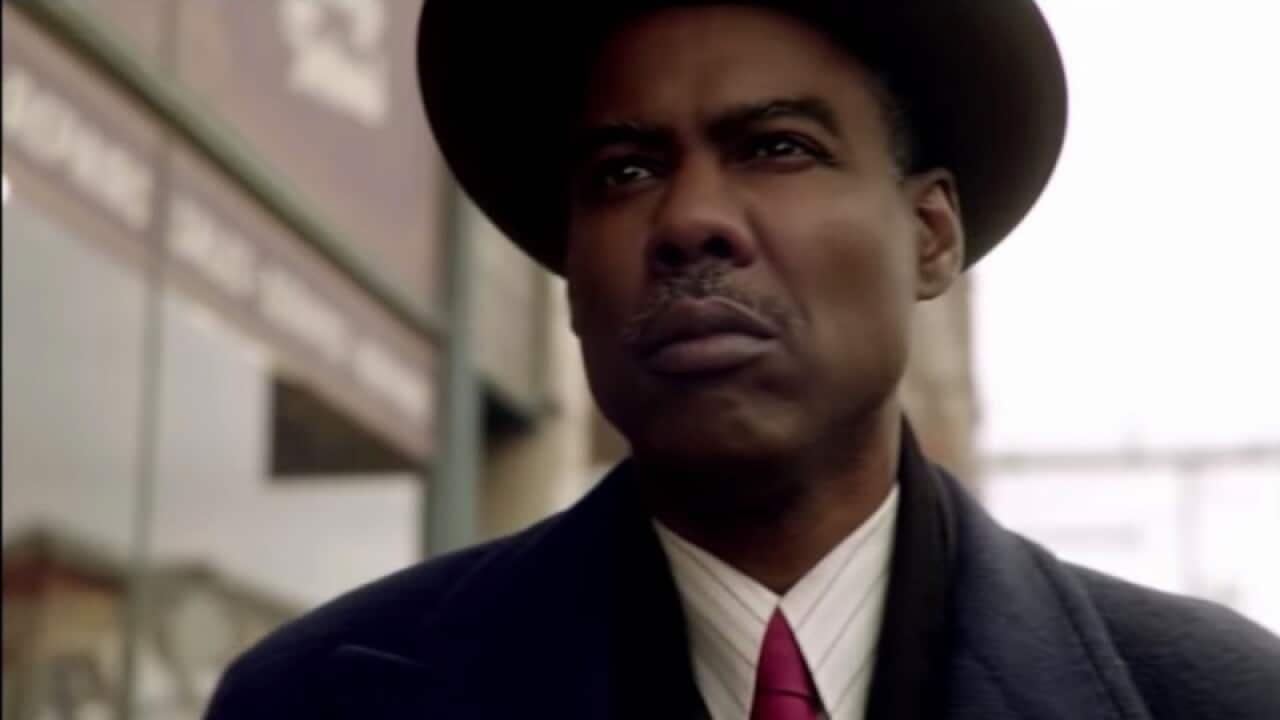I first read about the internet in print magazines, then heard about it from a uni friend. As editor of the student newspaper, I put in a funding request for a modem.
The Students Representative Council laughed when I explained email. They said no. Later that year we published a “cyber”-themed edition anyway, featuring an @ symbol, some “cyberpunk poetry”, and a :-) smiley in a headline. It was 1993.
Soon my print journalism class entered the workforce—or the dole queue. There was only one media job advertised in The Sydney Morning Herald: editorial assistant with Computer Magazine Group. Because I knew about the internet, I was picked from 72 candidates by editor David Crowe (now Chief Political Correspondent for the Herald and The Age).
Four months later, the company went bust. We headed for the pub and said our farewells. But the advertising manager bought the magazine rights, hired a new editor and promoted me. It was mid-1994 and I was suddenly an established computer journalist.
My internet knowledge got me a job at Australian Personal Computer (APC), Australia’s biggest and oldest computer magazine. With a colleague, I invented a rough method of reviewing early internet service providers (ISPs). The edition containing our results and “how to get online” guide was a bestseller for Kerry Packer’s Australian Consolidated Press. The internet was taking off and we were noticed. Using NCSA Mosaic (the early web browser that led to Netscape and ultimately Firefox) I made a dummy APC website on a floppy disk and showed editor Jeremy White. He asked me to set it live. I think it was the first commercial magazine website in Australia. It was awful and even had one of those “under construction” signs.
Using NCSA Mosaic (the early web browser that led to Netscape and ultimately Firefox) I made a dummy APC website on a floppy disk and showed editor Jeremy White. He asked me to set it live. I think it was the first commercial magazine website in Australia. It was awful and even had one of those “under construction” signs.

'APC' magazine in the 1980s (left), 1990s (centre) and how it looks today (right). Source: eBay
Early in 1995, a guy calling himself Skeeve rollerbladed into the office (on carpet). Self-described as Australia’s first “internet consultant”, Skeeve Stevens sat on my desk and chatted about online stuff. But he had another, more favoured contact at PC Week, our sister newspaper across the partition.
Its editor once insisted, “The internet is just a fad, Simon, isn’t it?” I nodded meekly. With APC selling nearly 100,000 copies to would-be internet users as the advertising money rolled in, I wasn’t about to predict the death of print media.
Suddenly we had a visit from the police, uniformed and plain-clothed officers, heading for the other side of the partition. They believed Skeeve had shown his PC Week contact some flaws in the security of early ISP, AusNet. It was alleged that under the name Optik Surfer, Skeeve had published AusNet customer credit card details online. He was convicted and jailed for three years—then the longest ever sentence for a hacker—before becoming an internet consultant again.
Crimes weren’t needed to demonstrate that Australia’s early internet industry was a wild, flawed frontier. Larger-than-life businesspeople were everywhere, lunching with me as I interviewed them for stories. I marvelled at one “absolute cowboy” negotiating with my boss to host our website. That cowboy was soon a CEO. My social circle understood the global network, but most consumers still didn’t really know what it was. My friend’s neighbour enthusiastically told him “we’re getting an internet”.
My social circle understood the global network, but most consumers still didn’t really know what it was. My friend’s neighbour enthusiastically told him “we’re getting an internet”.

Steve Zahn as conman turned Pixelon founder and CEO Michael Fenne in 'Valley of the Boom'. Source: National Geographic/Bettina Strauss
One day I discovered that the headquarters of Magna Data, who provided my internet access, were across the street from APC’s office. Its founders were recent graduates my age, so I tried a friendly visit after work. Magna HQ turned out to be a studio apartment crammed with servers, modems and a single bed. They were wary of their journalist guest, even though I brought beer. Magna Data later moved to office space and was sold in 1999 for $16 million to Aussie dot com Davnet, worth $7 billion on the stock market before its collapse in the 2000 crash.
I remember testing iiNet, then a small Perth ISP, giving it a great review. Downloads were buttery smooth, even from Sydney. Little did I know it existed in founder Michael Malone’s garage.
I worked in that world until mid-1996, when I went travelling for 15 months like any good twenty-something. In late 1997, APC kindly re-hired me as Senior Writer. But things had changed: the magazine was on its way to 40 staff (up from 12) and all of them could use the internet. My knowledge, though acquired from the ground up, was no longer special.
I was now reporting on the dot com era, not just the internet. These were the years seen in docu-drama . Everybody wanted in on the internet money, and whenever it seemed the stock market might boil over, things grew hotter. Journos like me were being flown around the world to attend new product launches and announcements (it sounds dubious now, but IT companies paid for our flights without demanding favourable coverage). I was also the Y2K Bug reporter, hearing professional opinions that things could stop working in 2000—if you ask me, the danger was real but it was fixed in time.
My personal highlight of the boom was “Citrix® iForum’99”. Microsoft had paid software company Citrix tens of millions of dollars to licence its technology. To me, it felt like they spent most of that on the forum. Along with other international journalists, I was flown business class to the Swan and Dolphin Hotels in the middle of Disney World in Florida and accommodated, wined and dined, with a personal schedule of events. I had one-on-one interviews with the President and CEO of Citrix, both of whom lost their jobs a year later when the stock market crashed (Citrix survived and is still a major software firm).
Everyone who wanted to do business with Citrix also seemed to be in attendance. New inventions were being shown off and this was where I first saw touchscreen tablet computers (which didn’t take off until the iPhone in 2008). One memorable day, IBM took over Disney World’s EPCOT Centre (parodied in a beloved episode of The Simpsons) to demonstrate its new voice recognition product, ViaVoice. All food at the ViaVoice press conference was chocolate: chocolate blocks, chocolate cakes and chocolate bars. All the drinks were spirits: Scotch, bourbon, vodka, but no beer. When our hosts tried “this is a cat” and ViaVoice recognised something like “wish is act at”, there was drunken laughter. Out came cinema usher trays full of cigars, grown from Cuban seed, which people merrily stuffed into their suit pockets and took home (my flatmate smoked them on the balcony).
All food at the ViaVoice press conference was chocolate: chocolate blocks, chocolate cakes and chocolate bars. All the drinks were spirits: Scotch, bourbon, vodka, but no beer. When our hosts tried “this is a cat” and ViaVoice recognised something like “wish is act at”, there was drunken laughter. Out came cinema usher trays full of cigars, grown from Cuban seed, which people merrily stuffed into their suit pockets and took home (my flatmate smoked them on the balcony).

The Simpsons' version of Disney's EPCOT Centre (season 14 episode 'Special Edna'). Source: Fox
I sent back just three news stories from iForum’99, for APC’s spin-off news website Newswire.com.au. Soon I was working for Newswire itself. Online newspapers were the future. I had a weekly opinion column called “Vandore”, where I covered dot com excesses in 2000 as the bubble burst.
I recall writing wide-eyed about Pixelon, one of the companies portrayed in Valley of the Boom. Its founder Michael Fenne (who was really fugitive conman David Kim Stanley) used to address staff via a public address system with “this is the master speaking”. He blew $16 million of the company’s $35 million venture capital on a Las Vegas concert named iBash’99 featuring Chely Wright, LeAnn Rimes, Faith Hill, Dixie Chicks, Sugar Ray, Natalie Cole, KISS, Tony Bennett, The Brian Setzer Orchestra, and a reunion of The Who. because Pixelon’s much-hyped video streaming technology never really existed.
As the dot com bust continued, Australian Consolidated Press seemed to decide the internet was a fad after all. It shut down Newswire and I was out of a job, having ridden the bubble to its end. Ironically, computer magazine sales began falling because people could find what they needed online, so I found work with mainstream media websites. Ever seen a cartoon character running over a bridge as it collapses behind them? That was me.
Recently I asked the former editor of Newswire whether, now that the internet is ubiquitous, opportunities to write about technology for a living have returned to levels seen in the dot com boom. “In no way,” he replied.
Those were the days, apparently.
Watch Valley of the Boom for more of what happened – episodes screen Tuesdays at 9.25pm on SBS Viceland, and all six episodes are now streaming at.











